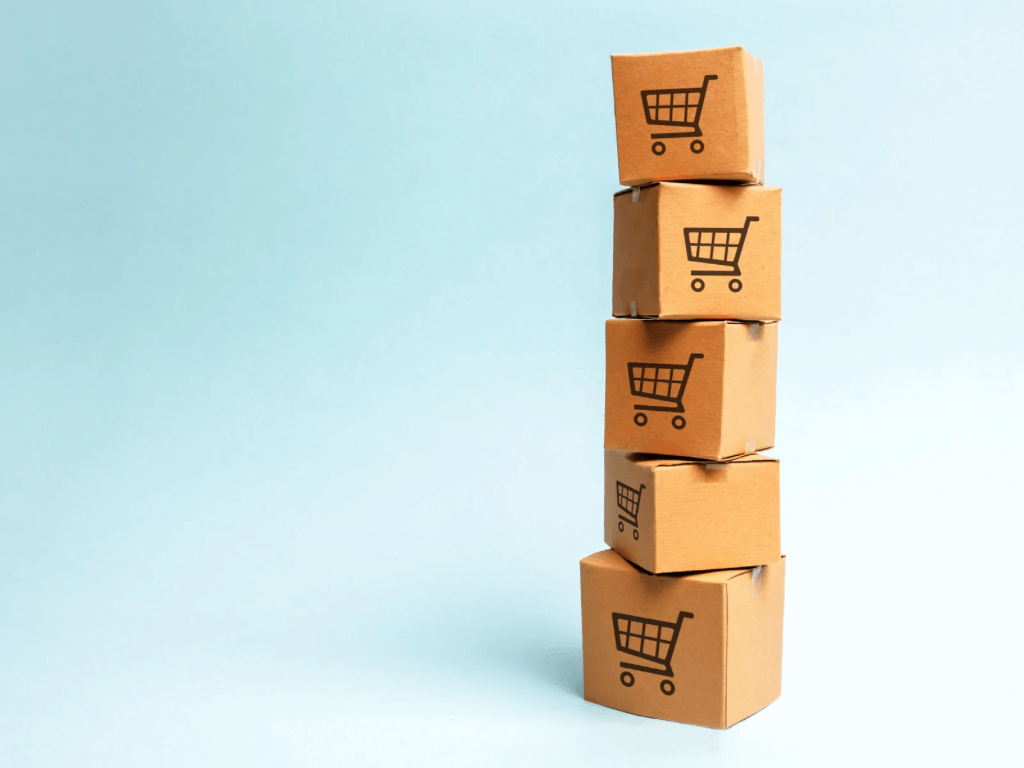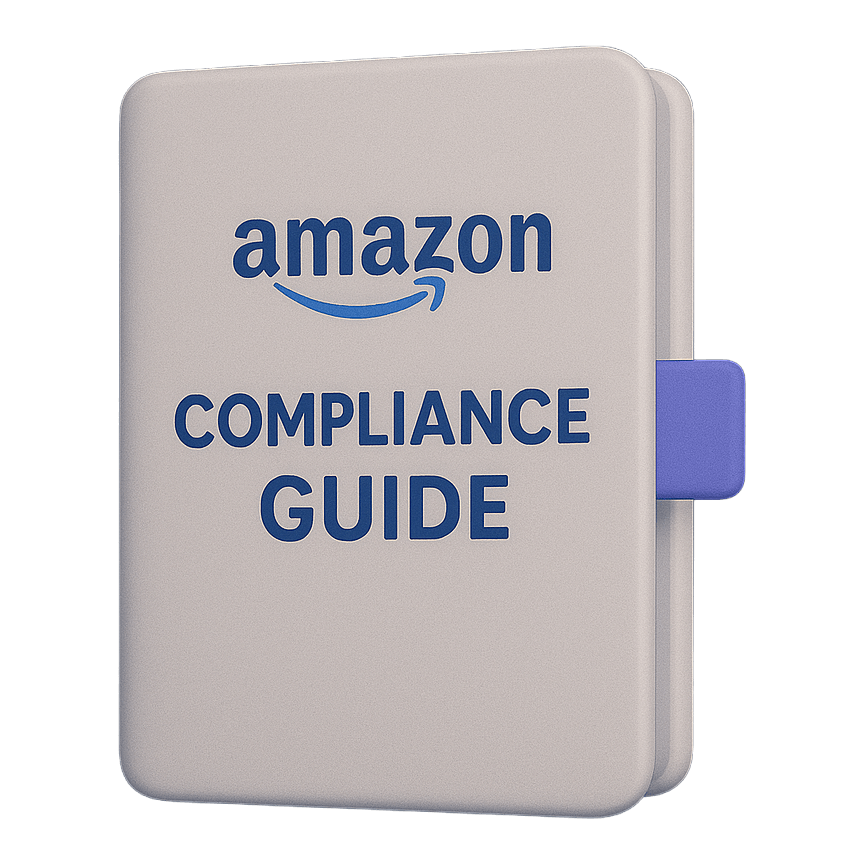The Future of E-Commerce in Supplements: Trends to Watch
In a landscape where digital convenience meets personalized wellness, the supplement industry is undergoing a seismic shift. The rise of e-commerce has democratized access to health products, given birth to thousands of direct-to-consumer (DTC) brands, and forced legacy companies to evolve—or fade. But what does the next wave of this evolution look like?
From dynamic subscription models to AI-powered marketing, from omnichannel strategies to the rise of community-driven wellness ecosystems—there are bold and exciting shifts on the horizon. In this article, we’ll explore the most impactful trends shaping the future of supplement e-commerce, why they matter, and how forward-thinking brands can leverage them to build loyalty, grow sales, and stay future-ready.
1. Subscription Models Are Growing Smarter—and Stickier
Subscription models are not new—but they’re being reimagined. Today’s consumers don’t just want convenience. They want relevance, control, and personalization.
What’s changing:
- Smart replenishment systems use AI to anticipate reorders based on consumption behavior, not just preset timelines.
- Flexible subscriptions offer pausing, skipping, or customizing shipments on the fly, giving consumers full autonomy.
- Bundling & curation add value by introducing curated experiences, like monthly wellness kits or rotating ingredient spotlights.
Why it matters:
LTV (lifetime value) is the cornerstone of DTC profitability. Smarter subscription models reduce churn, improve engagement, and deepen emotional loyalty. Consumers who feel “known” by a brand are more likely to stick around—and refer others.
Founder takeaway:
Think beyond auto-ship. Design a subscription experience that feels like a membership: exclusive, responsive, and humanized. Leverage quizzes, SMS feedback loops, and tailored content to create that connection.
2. DTC Is Evolving into DTE (Direct-to-Ecosystem)
The golden era of DTC-only brands is shifting. Rising ad costs, privacy changes, and platform saturation are prompting a pivot toward DTE—Direct-to-Ecosystem models.
What this looks like:
- Strategic marketplace presence (Amazon, iHerb) alongside owned platforms, with differentiated pricing or bundles.
- Retail partnerships that extend reach without cannibalizing DTC business.
- Influencer commerce where creators function as standalone storefronts or launch co-branded lines.
- Offline activations that drive online traffic: pop-ups, retreats, or experiential events that feed the digital funnel.
Why it matters:
Omnichannel is no longer a nice-to-have—it’s a survival strategy. Consumers discover brands in one space and buy in another. A flexible, integrated ecosystem ensures you’re meeting them wherever they are.
Founder takeaway:
Build a web, not a funnel. Prioritize interoperability across touchpoints—your DTC site, social commerce, influencer collabs, and retail presence should feel like one seamless universe.
3. Personalization Powered by AI Is Becoming the Norm
Personalization used to mean adding someone’s name to an email. Today, it’s much deeper—driven by data, enabled by AI, and expected by digital-first consumers.
Where it’s going:
- Dynamic product recommendations based on health goals, quiz inputs, and even biometric data (when paired with wearables).
- Predictive cart optimization that adapts in real-time to browsing behavior.
- Hyper-personalized content that guides each user differently through the website or app experience.
Why it matters:
Consumers are overwhelmed by choice. The brands that help them cut through noise and feel understood will win. AI isn’t just a backend tool—it’s part of the customer experience.
Founder takeaway:
Invest in tools that help personalize not just what you sell, but how you sell it. That means UX/UI optimization, CRM segmentation, and smart integrations with data-gathering platforms.
4. Social Commerce Is a Discovery Engine, Not Just a Sales Tool
TikTok, Instagram, and YouTube are not just channels—they’re marketplaces. As supplement consumers increasingly turn to social platforms for wellness inspiration and product discovery, the lines between content, education, and conversion are blurring.
Key shifts:
- Live shopping and product drops are driving urgency and excitement.
- UGC (User-Generated Content) is powering trust and SEO value simultaneously.
- Community-first brands are launching from social platforms before building traditional websites.
Why it matters:
Today’s buyer journey often starts with a reel or video. Brands that treat social as a top-of-funnel channel are missing out. The most successful DTC supplement brands use social commerce as an engine for community, storytelling, and conversion.
Founder takeaway:
Treat your content like your storefront. Invest in short-form video, creator partnerships, and storytelling that feels native to the platform. Bonus tip: build a dedicated landing page for each content series or influencer to boost attribution.
5. Digital Marketing Is Getting Smarter (and Harder)
iOS privacy changes, cookie depreciation, and algorithm volatility are making digital marketing more complex. At the same time, new tools and strategies are helping brands adapt.
Emerging trends:
- Zero-party data collection through quizzes, gated content, or brand communities.
- Email & SMS resurgence as high-conversion owned channels.
- AI-generated creative that can A/B test headlines, visuals, and CTAs at scale.
Why it matters:
Performance marketing isn’t dead—it’s evolving. The brands that thrive are building deeper relationships and relying less on rented audiences.
Founder takeaway:
Double down on owned channels. Build your list, build your brand story, and build content assets that can be reused and repurposed across formats.
6. Fulfillment Is Now a Brand Experience
Fast shipping used to be a differentiator—now it’s expected. What’s new is how fulfillment can serve as a brand touchpoint.
Future-forward moves:
- Sustainable packaging with low-waste, biodegradable materials.
- Personalized unboxing experiences with inserts, QR codes, or follow-up flows.
- Localized fulfillment centers to reduce delivery times and carbon footprints.
Why it matters:
First impressions are made when your product lands in someone’s hands. And if your backend logistics don’t keep up, no amount of front-end marketing can save you.
Founder takeaway:
Work with fulfillment partners that see themselves as brand custodians, not just shippers. Consider how your unboxing, timing, and packaging reflect your values and mission.
The Future Is Frictionless, but Human
The future of supplement e-commerce is fast, smart, integrated—and above all, human. As convenience and customization become standard, consumers are also craving connection, trust, and values-driven experiences.
Innovation matters, but so does intentionality. It’s not just about chasing every new tech trend, but about integrating the right tools to serve your mission, your community, and your long-term vision.







